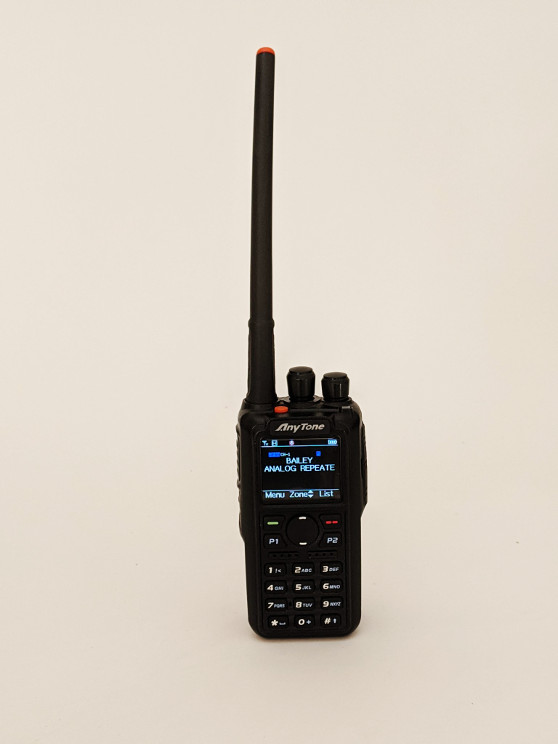by Mike Kendall –KCØATI
Secondary Type (Rechargeable)
Lead Acid:
Variety of capacities 1 to 500 Amp hours.
Voltages 6 or 12 volts.
Two major types: liquid filled or gel. The best type for use with ham equipment is the gel cells. There is less of a chance for a acid spill.
These batteries like to be kept fully charged. If the batteries are stored discharged the plates will passivate and this will destroy the battery.
Easy to maintain and best buy based on amp hours per dollar. Capacity loss is low in storage.
Nickel Cadmium:
One of the most commonly used batteries.
Voltage is 1.25 working voltage, end of charge should be 1.45 to 1.40 vdc. These cells have very good cycle life (>1000 cycles normally).
The only problem with Ni-Cad cells is the memory effect. This effect can be erased by total discharging the batteries and shorting them down using resistors, then recharging. Capacity loss is 1% per day of remaining capacity in storage. Should be stored cold about 40 deg. F.
Nickel Metal Hydride:
Very common cell. Voltage is slightly higher than Ni-Cads. They have more capacity than a Ni-Cad. The charge voltage should be 1.55 at the end of charge. These cells like to be used. They have a lower depth of discharge capability than Ni-Cads. The cycle life is very good (>1000 cycles normally). The down side to these cells is the higher cost and the higher rate of self discharge. Their self discharge rate is 3% per day of remaining capacity. In other words charge them and then use them.
Lithium Ion:
One of the new battery types. The working voltage is 3.00 to 4.2 vdc. These cells need a special charger to charge them properly. This type of cell should not be totally discharged. The lowest cell voltage should not go below 2.5 volts under load. If you short the cells or try and charge them backwards the cell has a protection device built in. If the protection device is a fuse or the fuseable separator is tripped the cell is destroyed. The cycle life of these cells is limited (<1000 cycles). The self discharge rate is very low. These cells can be disposed of by throwing them away. The chemicals are very low in toxicity.
Lithium Polymer:
New type of battery. The battery is made of two types of plastic plates that are pressed together. There is no electrolyte in the pack. They are very flat and light weight. The working voltage is 3.00 to 4.200 vdc. These also need a special charger to charge properly. They are normally used for low current applications. They have a very low self discharge rate. The cycle life is limited on these cells (<1000cycles).
ED NOTE: Mike has 20 years experience in the battery lab (Power Sources Lab) at Lockheed Martin. He knows whereof he writes. This information is very valuable to Hams when selecting HTs and batteries.


